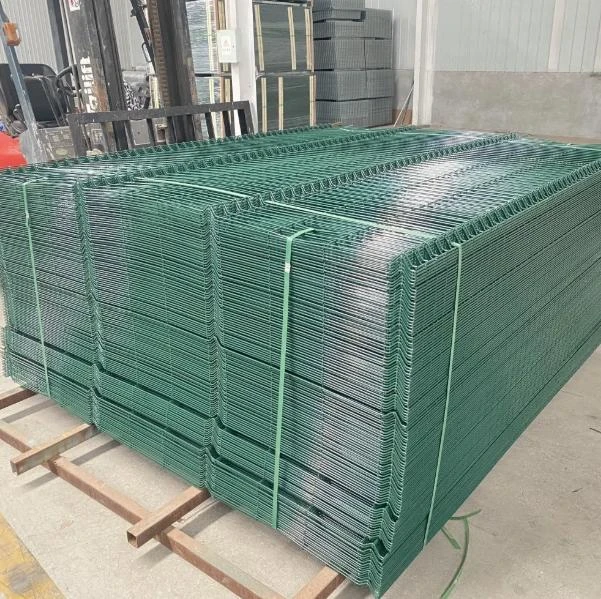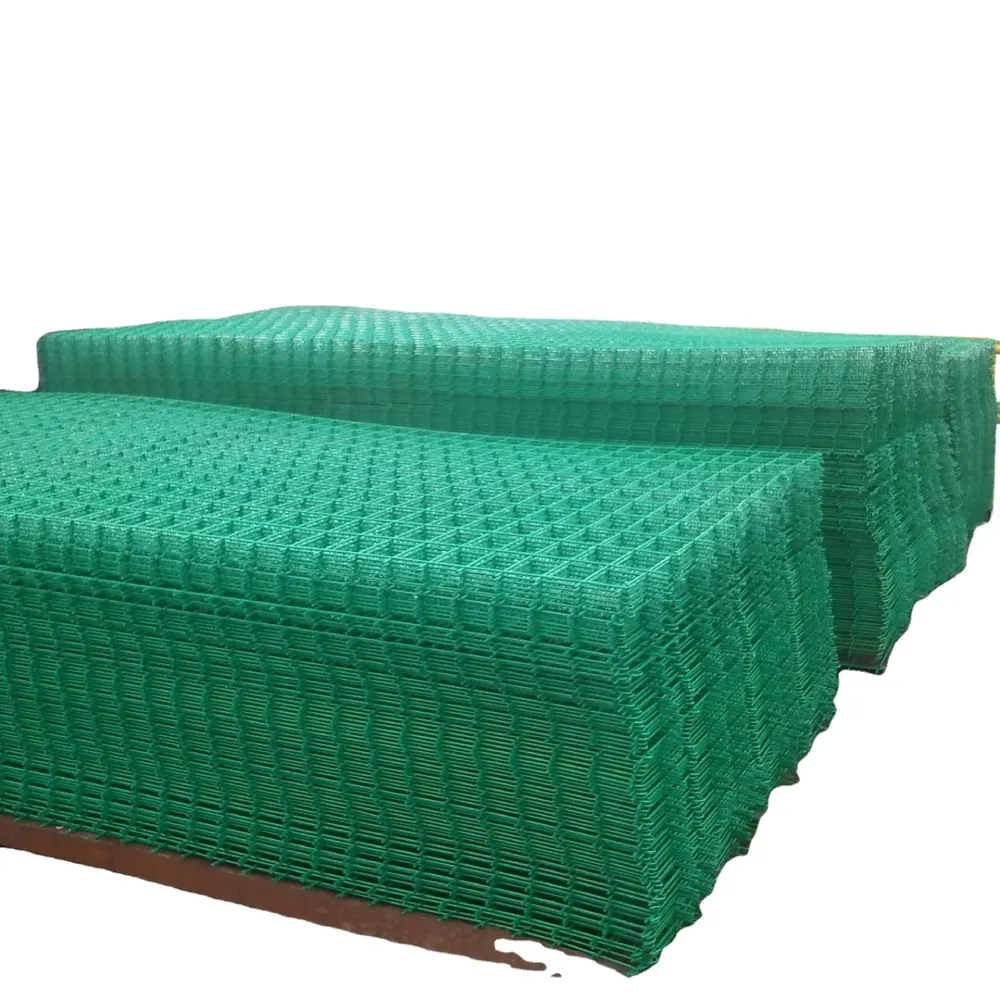Welded steel bar grating is a versatile product that is both durable and highly functional. It is commonly used in locations that require a strong and reliable surface that can endure substantial weight while offering excellent water and light passage. This article delves into the essential aspects of welded steel bar grating, showcasing its applications, benefits, and considerations, drawing from genuine experiences and expert knowledge to provide an authoritative guide.

The principal function of welded steel bar grating lies in its industrial and architectural applications. It's frequently utilized in factories, warehouses, pedestrian walkways, bridge decks, and even architectural designs for buildings. One of the key benefits of this product is its ability to support heavy loads, which is indispensable in many industrial settings. The welded assembly of the bearing bars with the cross bars gives it a robust and rigid structure, ensuring safety and reliability under stress.
Experts acknowledge that welded steel bar grating has superior load-bearing qualities compared to its alternatives. The strength of the grating depends on several factors including the size and depth of the bars, as well as the spacing between them. For instance, a factory floor that sees heavy machinery traffic may require grating with deeper bars and closer spacing than a walkway designed for pedestrian use. Understanding these specifications is crucial for engineers and architects who must match the grating's properties to its intended application.

Durability is another compelling feature of welded steel bar grating. It is typically manufactured from high-quality steel, offering excellent resistance against environmental factors. Its corrosion resistance can be further enhanced by galvanizing or other protective coatings, extending its lifespan even in harsh conditions. This makes it a preferred choice for outdoor applications such as platforms and ventilation grates where exposure to the elements is a concern.
welded steel bar grating
The importance of expert installation cannot be overstated. Proper installation not only ensures the grating fulfills its design potential but also enhances safety by preventing potential failures. A poorly installed grating can lead to hazards such as tripping or even structural failure under load. Therefore, it is recommended to work with professionals who have a proven track record in projects involving steel bar grating.
Trustworthiness is a crucial issue when it comes to sourcing this material. Not all steel grating is created equal, and buyers should be wary of low-cost alternatives that might compromise on quality. Reputable manufacturers are transparent about the grade of steel used, the manufacturing process, and the quality control standards they adhere to. Certification and compliance with international standards are indicators of a reliable product. Encourage clients to request and review certifications such as ISO 9001 to ensure that the grating meets rigorous quality and performance benchmarks.
One of the increasingly popular aspects of welded steel bar grating is its role in sustainable building practices. Steel is primarily recyclable, and using recycled materials in grating production can significantly reduce environmental impact. Additionally, the product's longevity means fewer resources are needed for replacement and maintenance, making it an environmentally friendly choice. As sustainability becomes a priority in construction, the demand for eco-friendly materials like steel grating is likely to grow.
In summary, welded steel bar grating offers unmatched strength, durability, and versatility for a wide array of applications. With proper selection, installation, and maintenance, it provides a reliable solution to support various structural and architectural needs. Experts and industry professionals advocate for its use not only based on its functional benefits but also for its compliance with safety and environmental standards. Selecting the right grating involves understanding specific project needs and working with credible suppliers, ensuring that projects can benefit from the unique qualities of this essential product.
























